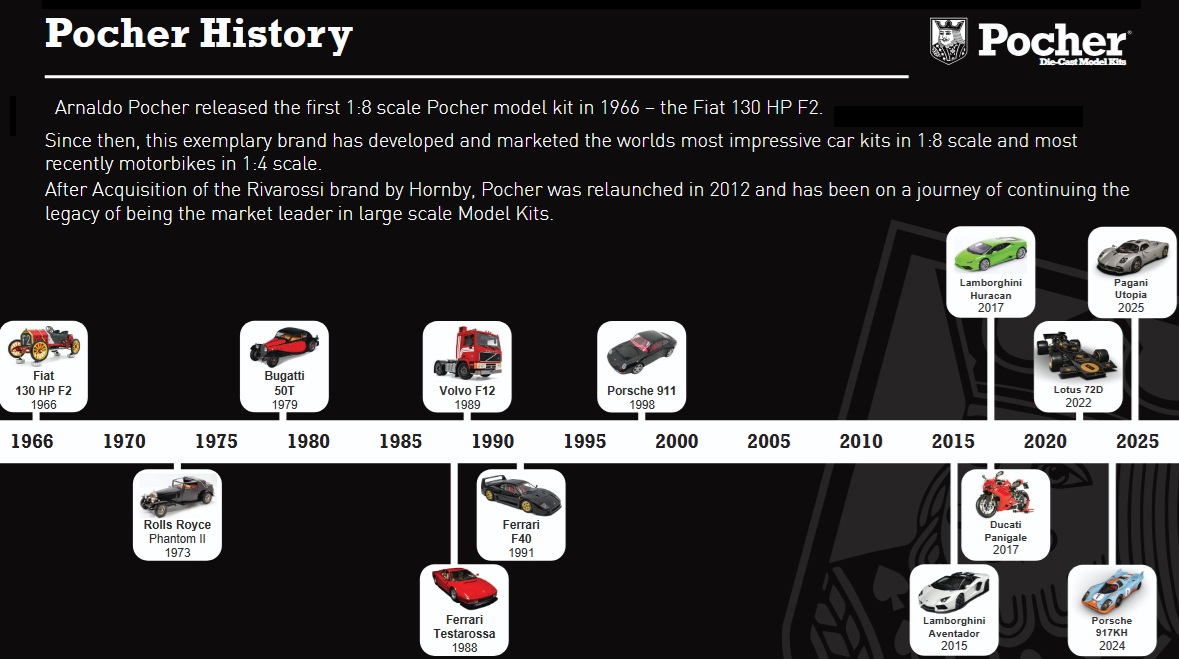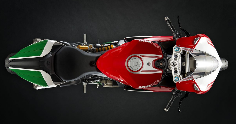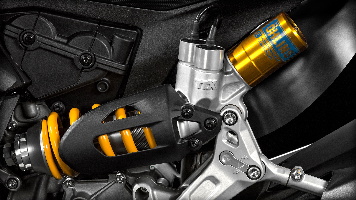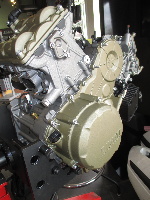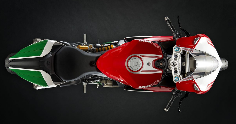
What are Pocher kits?
Pocher 1:8 & 1:4 scale kits are the largest detailed car and motorcycle kits ever mass produced.
Pocher Classic car kits [not the Ferrari or Porsche] feature bodies and engines made of high quality, dense plastic. Wire wheels*, frame rails and/or reinforcements, exterior hardware, screws, nuts, bolts, linkages, fuel lines, and many other details are metal.
The Classic car kits are built from the frame up, just as the real cars were. Most of the assembly is done using supplied miniature screws, nuts, and bolts, with minimal gluing necessary. The engine and driveline are added, then suspension, brakes, dash and interior (real leather on the K73 Alfa), bodywork, and exterior hardware and detailing. Brake linkages operate through the pedal (and the handbrake in some cars). Steering wheels operate through accurate linkages, and suspensions function. Windows roll down, doors, hoods and trunks open, convertible tops can be raised and lowered, and the headlights work.
Each Pocher Classic kit (except for the Fiat) also has movable engine internals: remove the head or oil pan, handcrank the engine, and watch the action of the crankshaft, pistons, and fan. The Bugatti kits have dual camshafts that even actuate the metal valves in proper sequence. Most cars (Fiat and Bugattis excepted) have real wire wheels* that are assembled one spoke at a time, with over 120 pieces per wheel. There is even more to see than I've described here.
All Pocher Classic kits except the K71 Alfa Monza and K70 Fiat have very highly pigmented bodies that can be polished and waxed to achieve a brilliant painted look. The K70 and K71 kits will be attractive if finished the same way, but the bodies were manufactured with a less densely colored plastic. To achieve the traditional two-tone finish on the Bugatti kits some painting (in one color only) is required. Pre-cut masking templates are included, and the color lines on the body are recessed to aid in masking.
* note: the Pocher reissues of the Mercedes kits (numbered K91 and higher) all have plastic wheels, in spite of some box photos to the contrary, and also have slightly less brake and engine detail.
Pocher Ferrari F40 and Testarossa kits have pre-painted metal bodies, functional steering and suspensions, full opening body panels, and detailed engines, though without the moving internals of the Classic cars. These kits also screw together but have less detail than the Classics kits, and take only days to assemble instead of weeks or months.
The original Pocher kits were produced sporadically for 30 years. Pocher's parent company Rivarossi was sold in 2000. After outlasting many US importers and parent companies, Pocher was liquidated in 2000 and the assets sold to Hornby International in the UK.
In 2012 Hornby revived the Pocher brand,
producing Lamborghini Aventador metal-bodied kits. Modern production methods produced kits with more metal parts and much better fit, finish, and paint than the older kits. Lamborghini Huracan kits followed, and then 1:4 scale metal Ducati Panigale motorcycle kits.
In the midst of a corporate financial and management crisis in early 2017? the stock and assets of Pocher were sold to Danish company Vestergaard, which released another Huracan kit in green before eventually transferring the Pocher brand back to Hornby. The latest kit produced is the iconic Lotus 72 F1 car.
The passion for Pocher 1/8 & 1/4 scale kits has remained strong, and many small companies are still producing transkits and aftermarket parts for both the Classic car and newer production kits.
A full list of all Pocher kits produced is here.
